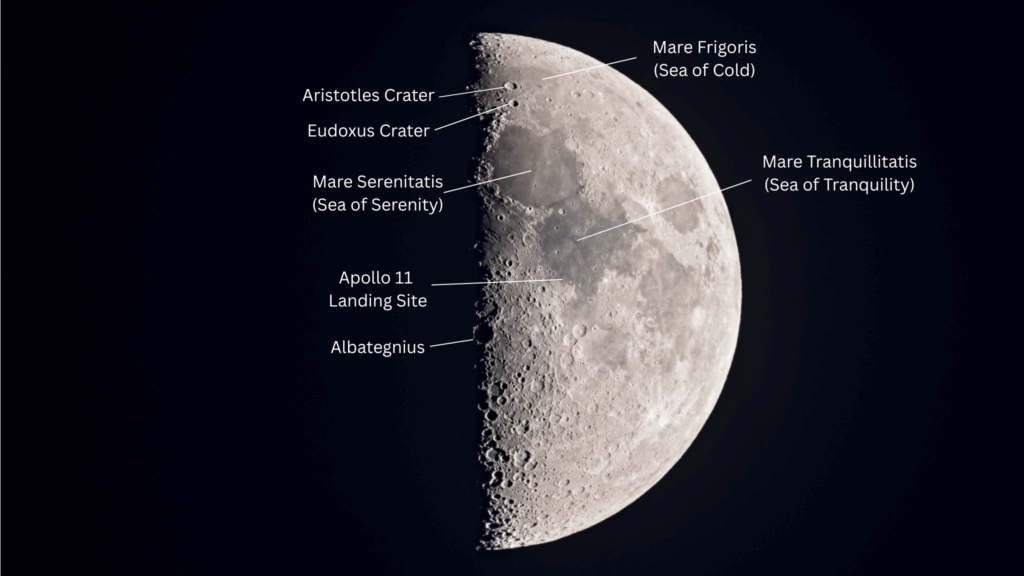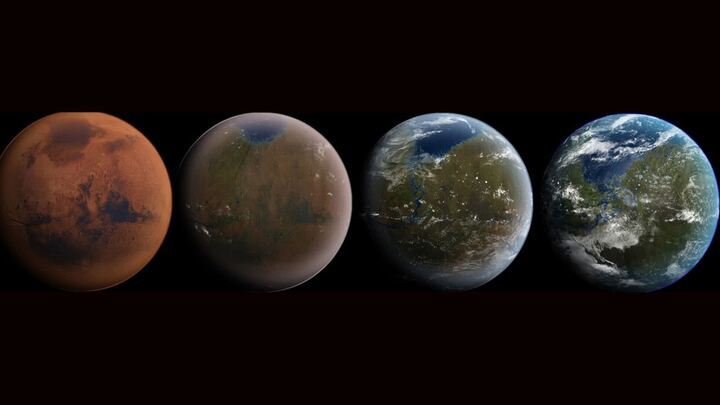NASA’s mighty James Webb Space Telescope, (JWST)has no shortage of accomplishments to its credit. From its vantage point in space, roughly 1.5 million kilometers (1 million miles) away from Earth, the JWST has been snapping breathtaking images and generating insights about stars, planets and galaxies that were simply not possible by its predecessors.
And back home, spinoff technologies the observatory left in the telescope’s wake are benefitting everyday life, like new types of LASIK tech helping to aid human eyes. The latest update on the matter concerns significant improvements to simulation software, originally innovated by JWST scientists who needed to understand how the telescope would behave in space-like conditions.
The software, Ansys Zemax OpticStudio, had to be tweaked and even updated with new features to simulate the coordinate systems of the JWST’s 18 hexagonal mirrors, which together form the telescope’s primary mirror. That mirror is not only the largest ever launched into space, but also one that deviates from the conventional space-mirror blueprint. Prior to launch, it was folded into a rocket and then deployed in space, unfurling like origami.
Related: Here’s how to edit James Webb Space Telescope images
During preparation stages, such a project required improvements in software, scientists say, to test and customize ways to deploy those mirrors in space. Modeling various scenarios in a simulated environment helped fine-tune complex robotics that would be at play after Webb launched, when those 18 mirrors unfolded and assembled to form the large, honeycomb structure we now see as a solid primary mirror.
“We pushed everything, all the simulation, just as hard as it would go,” Erin Elliott of Ansys, who contributed to Webb’s development since the early 2000s, said in a statement. Developers also improved the software such that it communicated better with Microsoft Windows programs, allowing for further customization. While there were plenty of reasons to add that capability to telescopes preceding the JWST, this telescope’s demands were the most significant among them, added Elliott.

Future telescopes, especially those that would launch as segments into space like the JWST and need to be deployed remotely, will likely include elements of this innovative telescope’s design.
In May 2018, NASA convened a study to determine the usefulness of launching components of telescopes into space across multiple rockets and performing in-space assembly. The study team found that telescopes conventionally built to accommodate the limits of a single rocket’s launch capability, such as payload mass and volume constraints, become more expensive compared to a modular design, as the entire telescopes are often folded in complicated ways to fit into the rocket.
“Using the conventional approach, it may be extremely challenging, if not impossible, to recover from failure or anomaly during deployments even with a separate servicing mission,” the study team said.
Related Stories:
Alternatively, flying components of an observatory across multiple rockets would achieve observatory sizes “that cannot be achieved via the conventional, single-launch approach,” reducing overall mission costs. The complex robotics involved in such self-assembly efforts will in turn require improved software, scientists say.
“When we built Webb, we knew we couldn’t fully test it on the ground prior to flight, so we depended a whole lot upon modeling and doing analysis to get ready for flight,” said Joseph Howard of NASA’s Goddard Space Flight Center in Maryland. “The next great observatory will be even more dependent on modeling software.”
Beyond astronomy, scientists say the improved version of the software is already being used for better designs of medical inspection instruments called endoscopes and a thermal imager to spot COVID-19 exposures in a crowded environment, among others.


